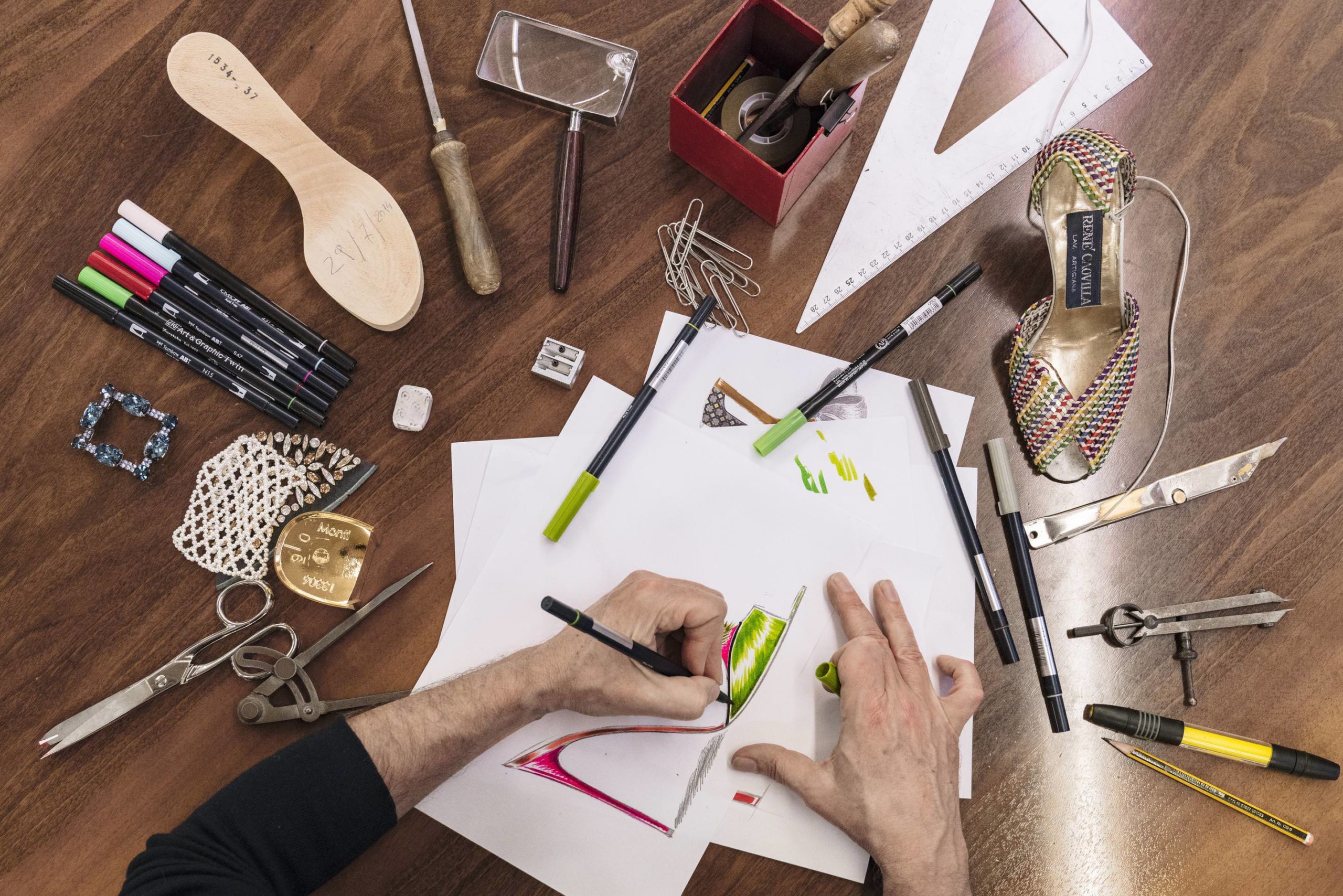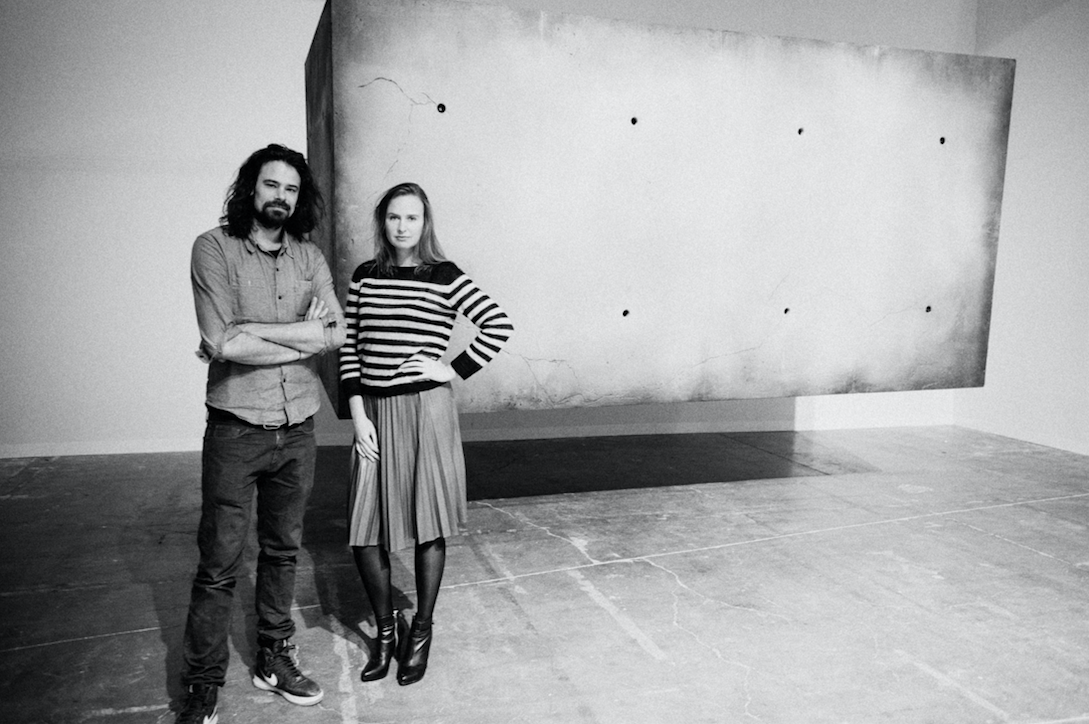Next year, the Italian design house Natuzzi will celebrate its 60th anniversary. For the past three decades, the company has significantly contributed to the art of interiors, and has emphasized thoughtful and comfortable design. The milestone also highlights the brand’s ongoing dedication to sustainability, its transition into a lifestyle brand, and the more inclusive meaning of hospitality.
In celebration, Whitewall spoke with Pasquale Junior Natuzzi, the founder’s son and the chief marketing and communication officer of the brand.
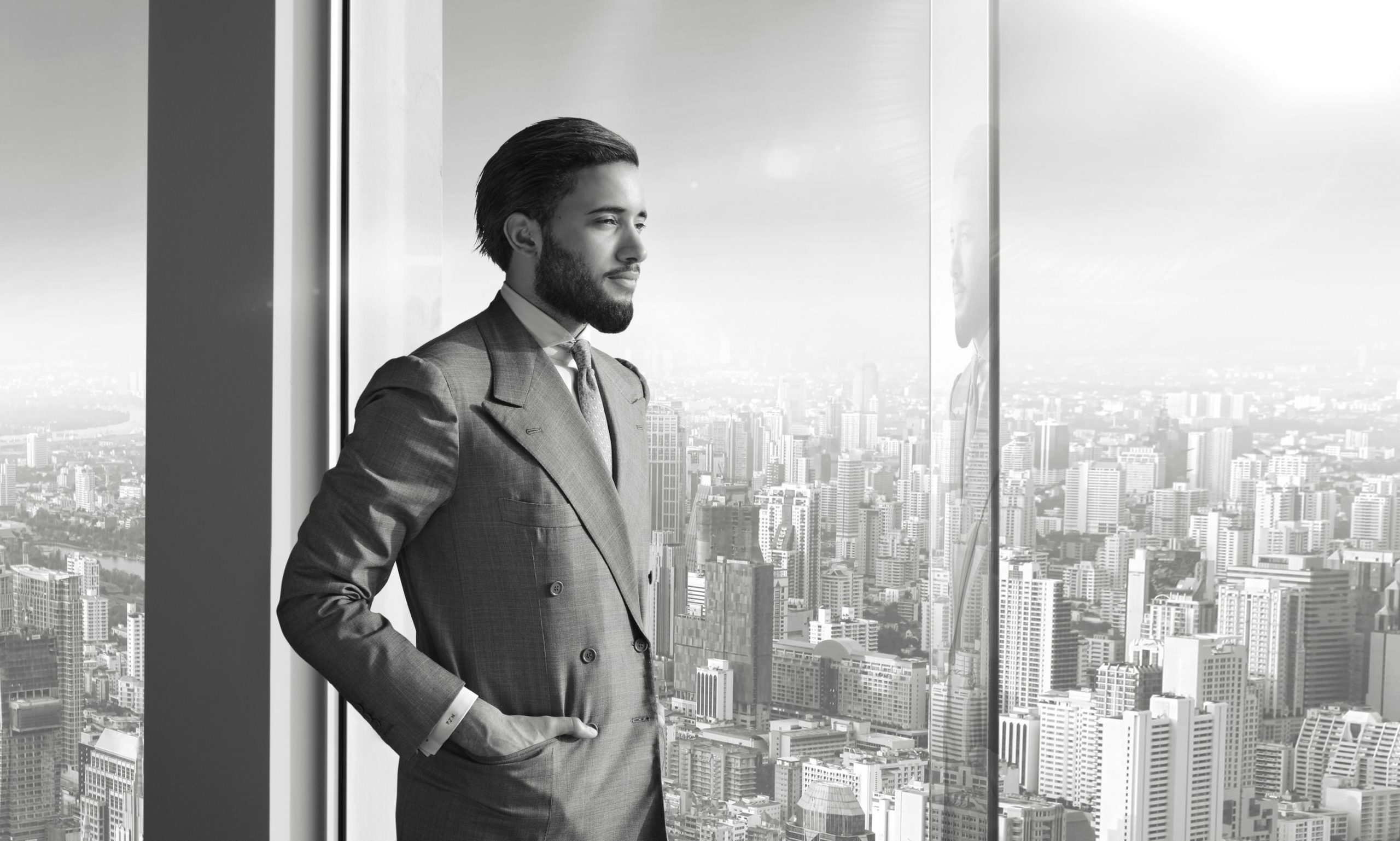
Courtesy of Natuzzi.
WHITEWALL: Can you tell us about how Natuzzi is dedicated to sustainability, and using clean and renewable energy to achieve a more sustainable approach?
PASQUALE JUNIOR NATUZZI: Respect for the environment is the first step toward protecting everyone’s health. It is an act of social responsibility that is reflected in everything we do. The five photovoltaic systems in operation at our Santeramo in Colle headquarters and our manufacturing sites provide a significant percentage of our energy requirements.
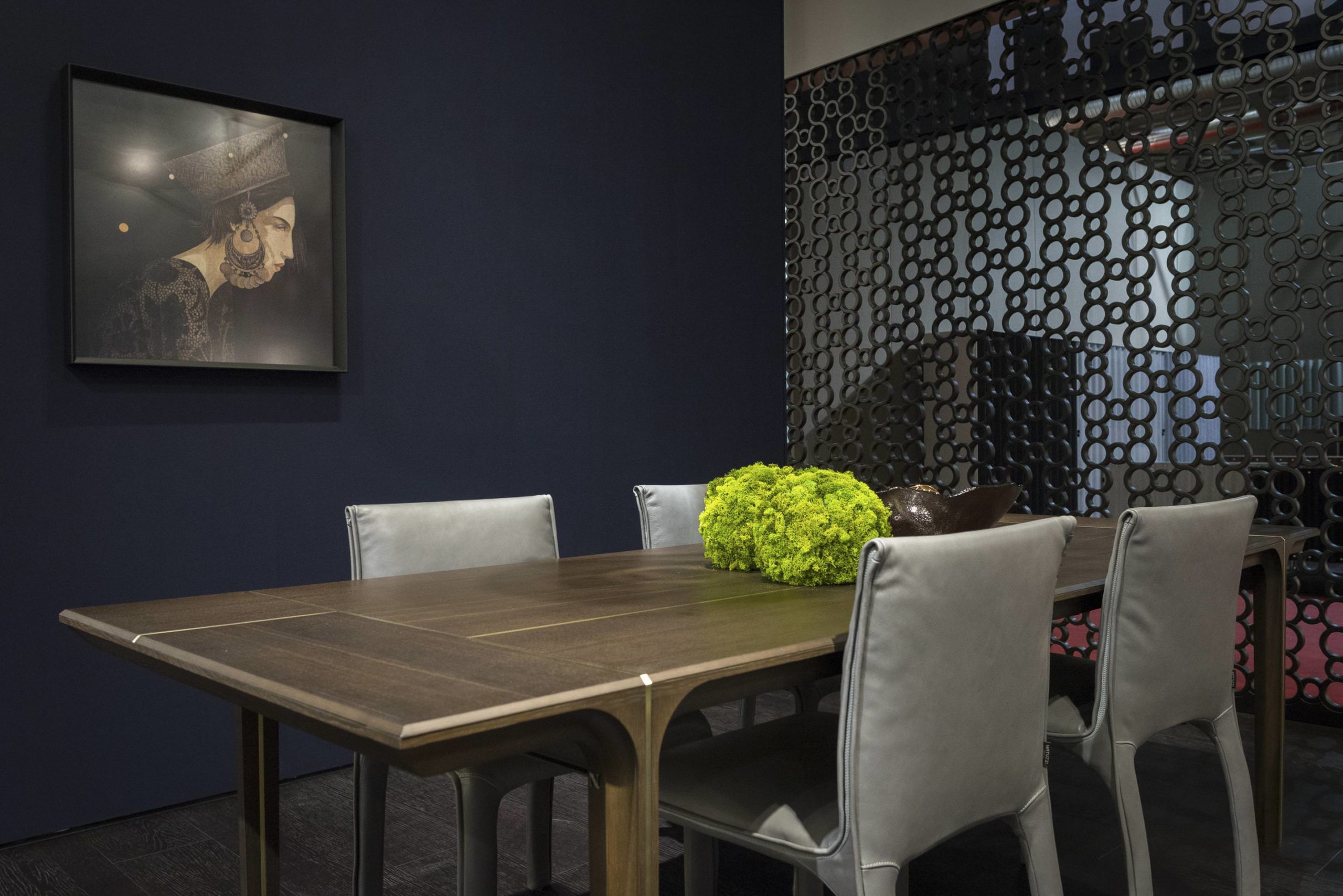
Kendo dining table
Courtesy of Natuzzi
Leather selection and tanning are carried out at our Italian tannery, in compliance with environmental regulations, among the strictest in the world. We only use wood from responsibly managed forests and are FSC® certified. All the materials derived from wood are produced in compliance with regulations on formaldehyde quantities to ensure total nontoxicity.
For the padding, we use Ecoflex® ecological polyurethane foam, patented and produced exclusively by Natuzzi in a company-owned factory, without Freon or other harmful blowing agents.
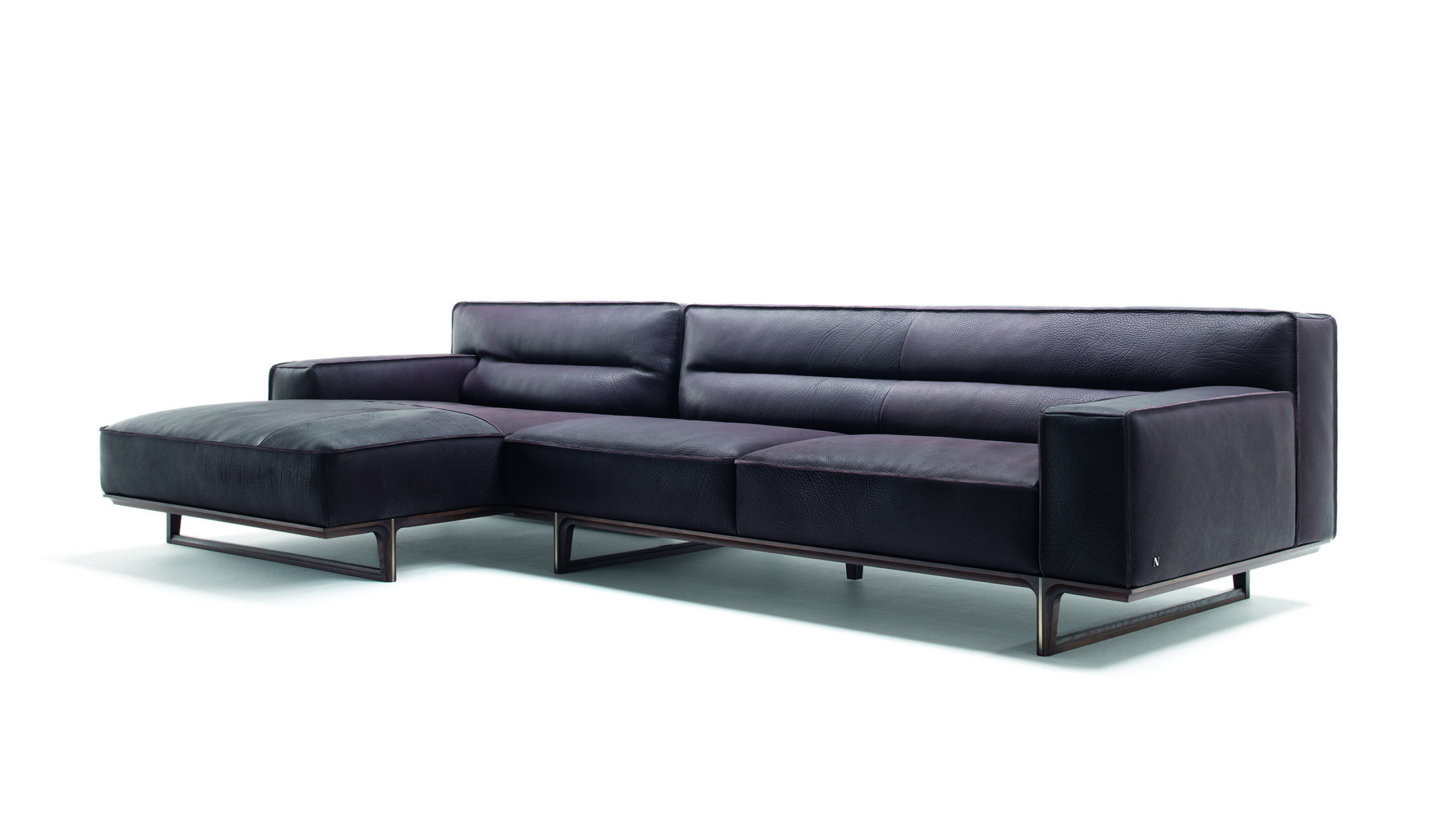
Melpot sofa
Courtesy of Natuzzi
WW: The brand’s sustainability report revealed a 17,000-ton decrease in CO2 emissions over five years. Tell us how you are impacted by the responsibility to be sustainable.
PJN: Combining sustainable development with competitiveness is a challenge that we continue to embrace in order to contribute to improving quality of life in the areas where we operate.
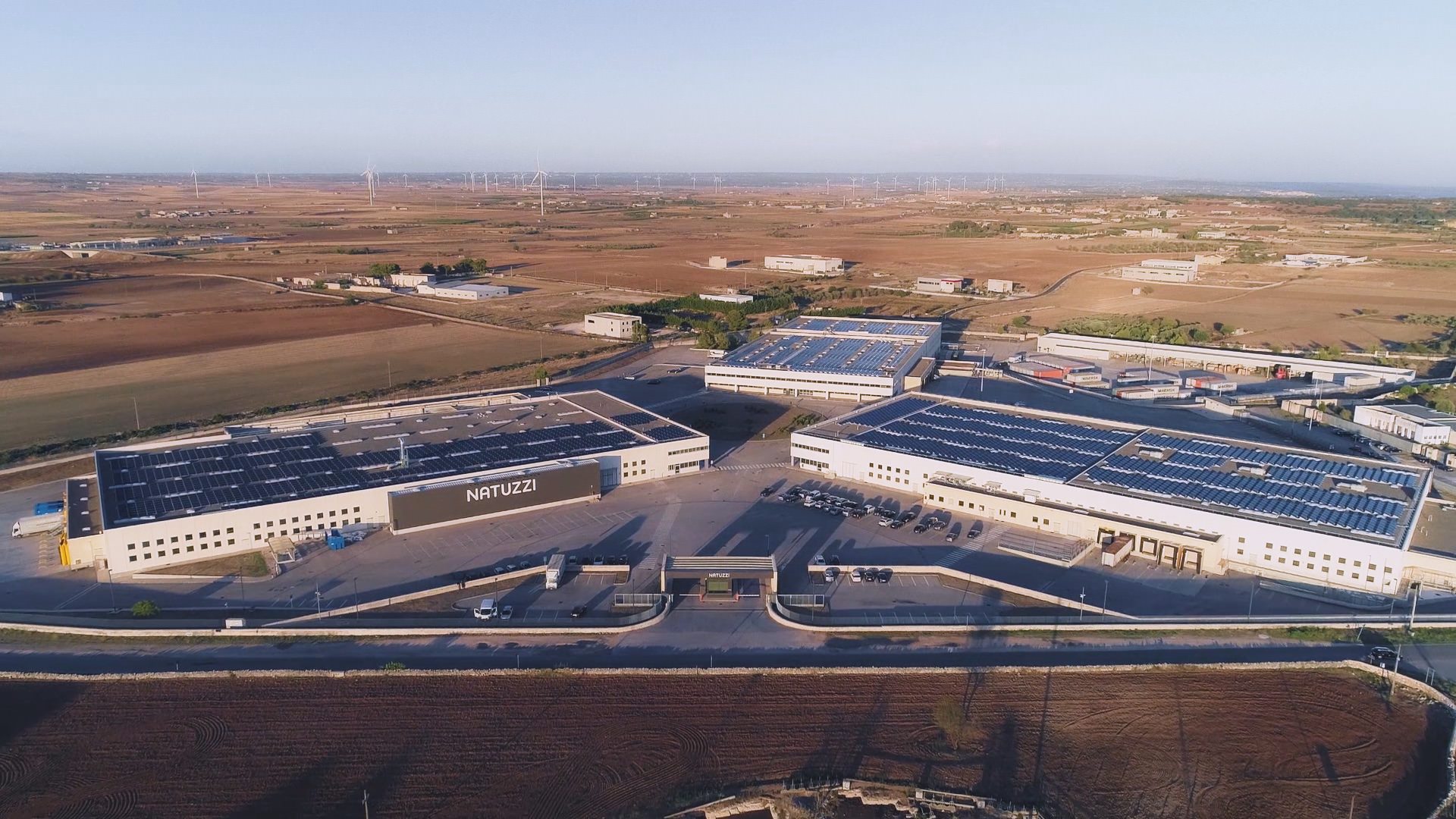
Courtesy of Natuzzi.
For example, we are using an innovative and sustainable coating made from the skin of the pirarucu river fish, a species that is still the main source of protein for the people of the Amazon. Disposing of pirarucu skin pollutes more than using it to make bags, shoes, accessories, and sofas. We only use pirarucu skins that are traced and monitored. They come from foodfarms and are tanned without the use of chromium.
All these activities are supervised by the Brazilian Institute of Environment and Renewable Natural Resources (IBAMA). In the last ten years, the number of pirarucu has increased by 400 percent with positive repercussions on fishing families and on the entire Amazon ecosystem.
WW: In 2016 Natuzzi funded a refugee reception center set up by the Nobel Peace Prize–winner Betty Williams. How is the brand impacted by cultural or ethical movements?
PJN: The ceremony to lay the foundation stone of the Peace House was held on March 24, 2018, and we have finally entered the operational phase of the initiative in aid of refugees set up by Nobel Prize–winner Betty Williams, supported by actress and human rights activist Sharon Stone and funded by Natuzzi.
For us, being hospitable is not limited to making homes harmonious and comfortable, which is something we contribute to every day with our work and passion. Being hospitable also means getting serious about defending everyone’s right to have a shelter when they are fleeing war and hunger. This is the fundamental reason why Natuzzi supports this project.
The project also has a high environmental value: It is a low-cost, high quality eco-sustainable house. It is built with a wooden structure covered with panels made of hemp from farms with a circular economy and is also made with raw earth. It is the first prototype of a completely recyclable passive house.
WW: You’ve previously mentioned that reaching a younger audience is an important part of your role. How are you doing that now?
PJN: The biggest challenge that I am facing is what I call the “third Natuzzi revolution”—transforming Natuzzi into a lifestyle brand. Becoming a lifestyle brand means above all being able to create a bond made up of experiences and emotions, a bond which, transcending the basic relationship created by a purchase, becomes a way of sharing common ideas through inspiration.
To achieve this, it is necessary to choose advanced forms of communication through the use of increasingly inspirational languages: Every communication opportunity is a fundamental moment for us to celebrate harmony and the Italian spirit.






